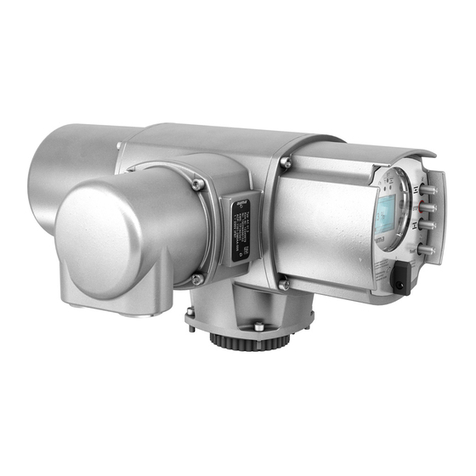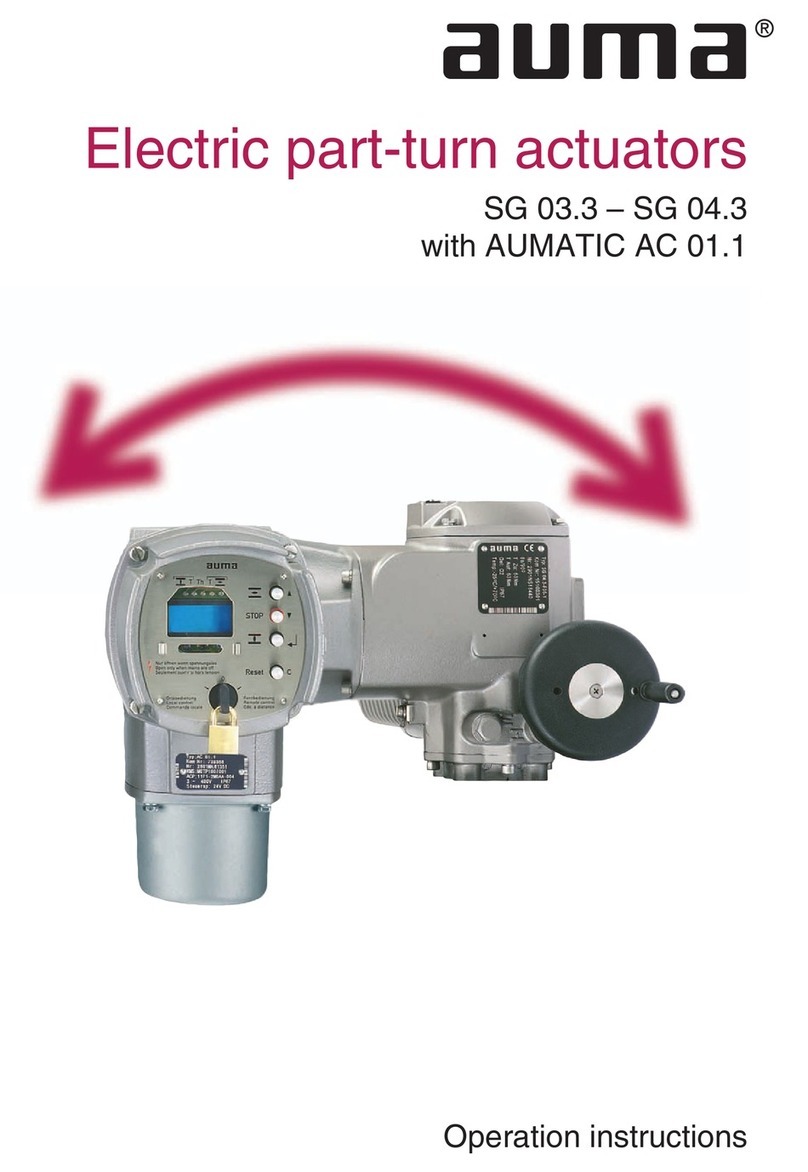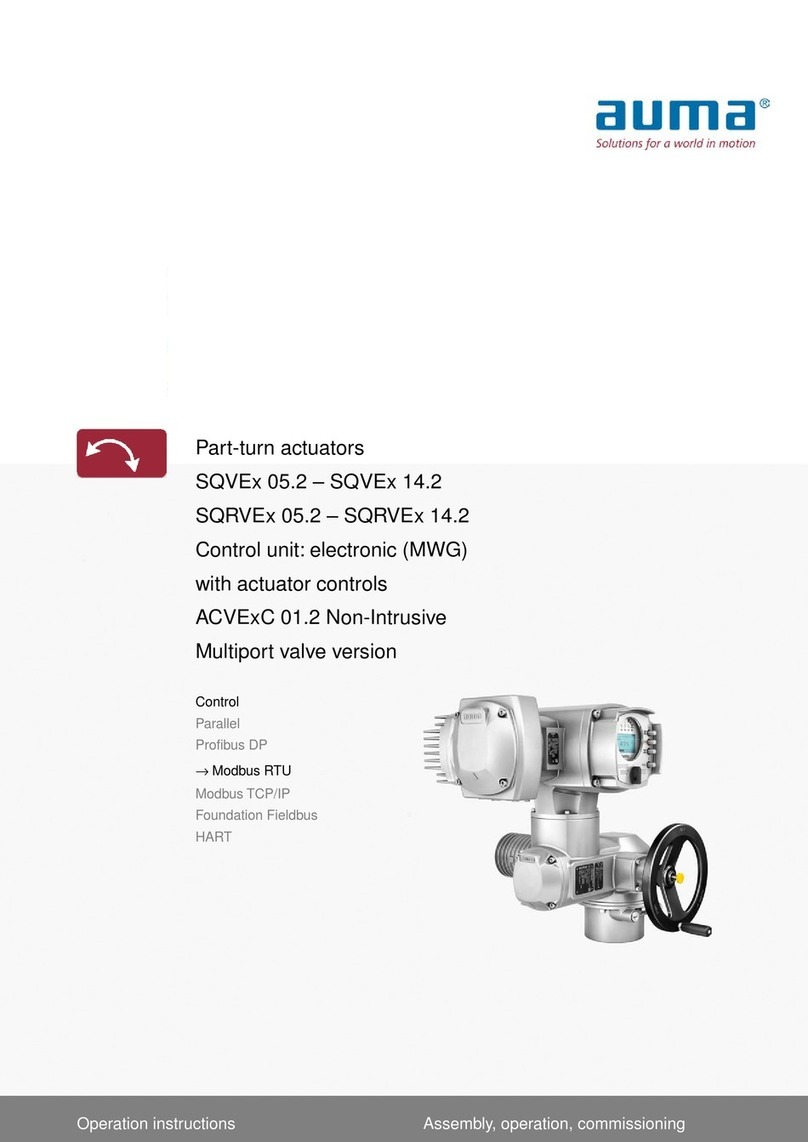AUMA SA Series User manual




















Other manuals for SA Series
3
This manual suits for next models
11
Table of contents
Other AUMA Controllers manuals
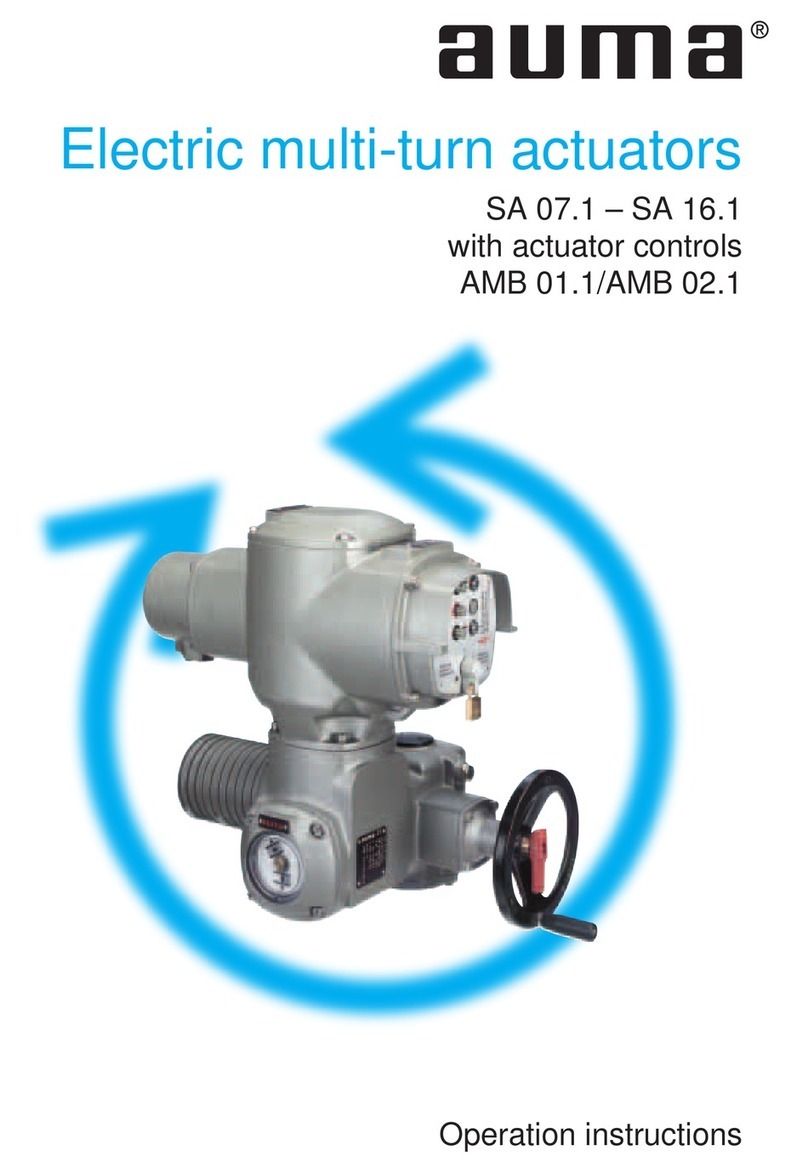
AUMA
AUMA SA 07.1 Administrator Guide
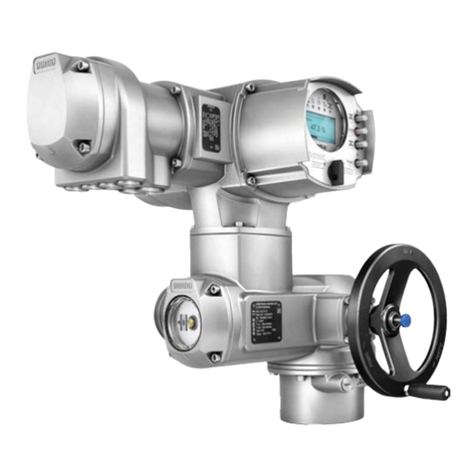
AUMA
AUMA SQ 05.2 User manual
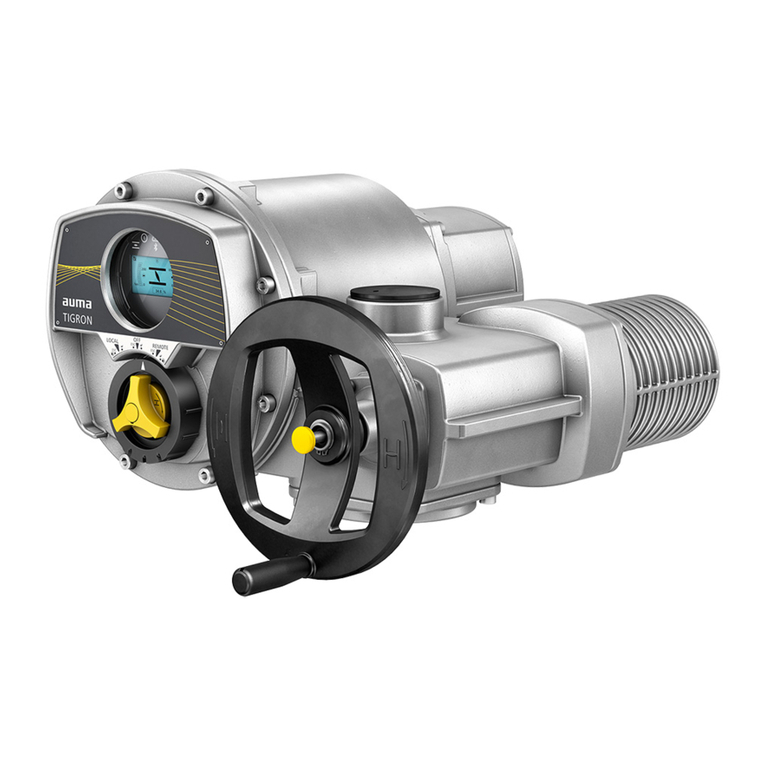
AUMA
AUMA TIGRON TR-M30X User manual
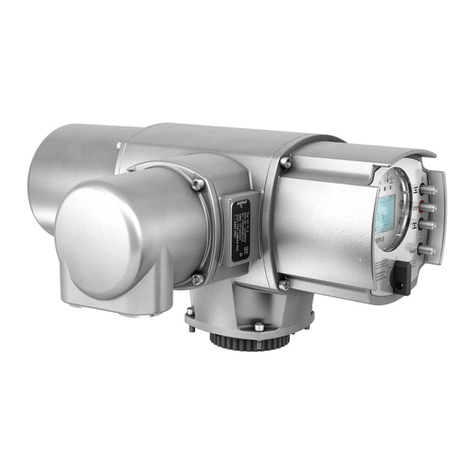
AUMA
AUMA Aumatic AC 01.1 User manual
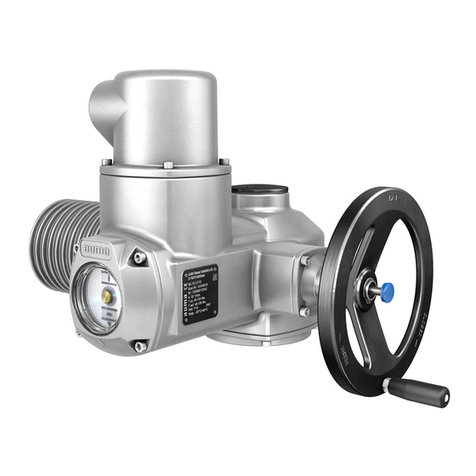
AUMA
AUMA SA 07.2 User manual
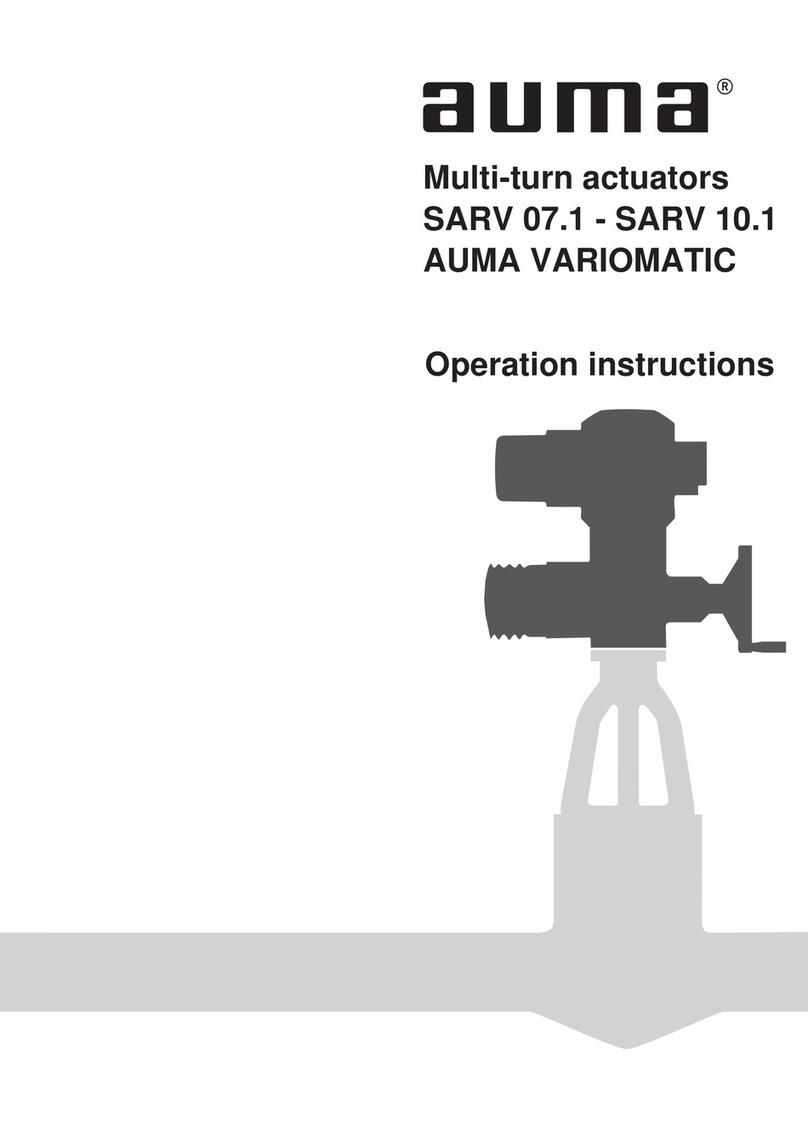
AUMA
AUMA VARIOMATIC SARV 10.1 User manual
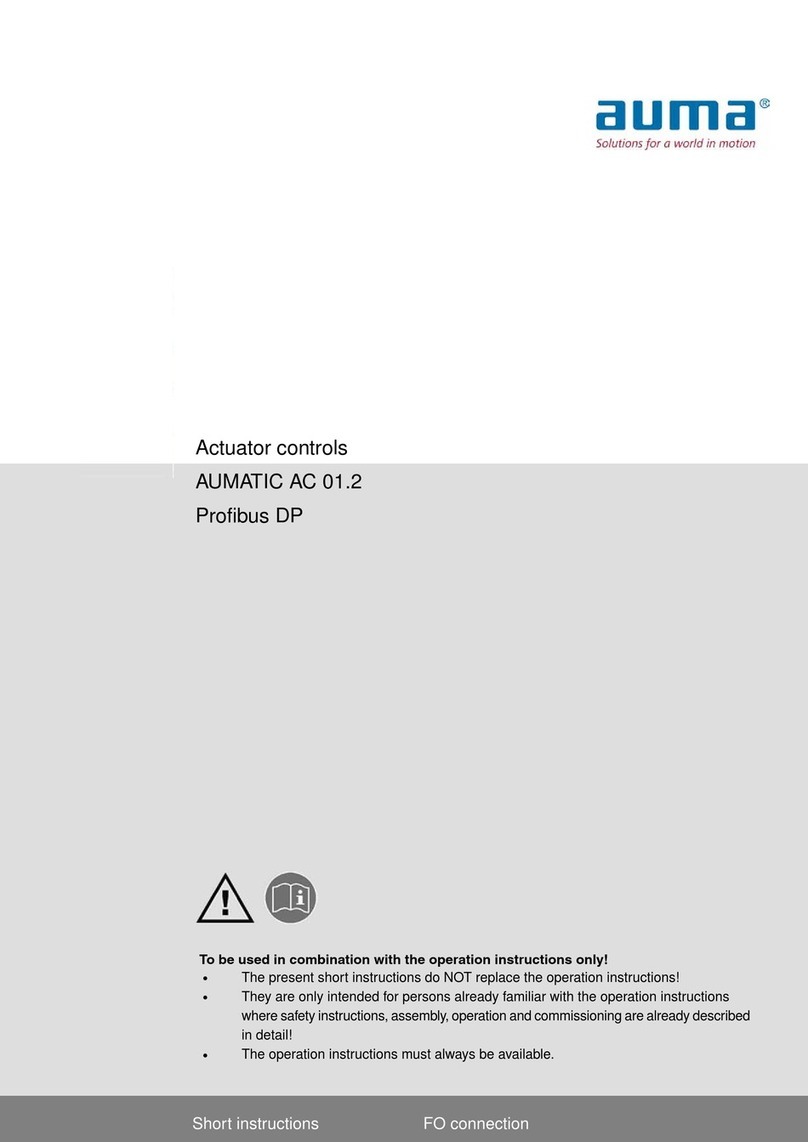
AUMA
AUMA AUMATIC AC 01.2 Manual

AUMA
AUMA SA 07.2 User manual
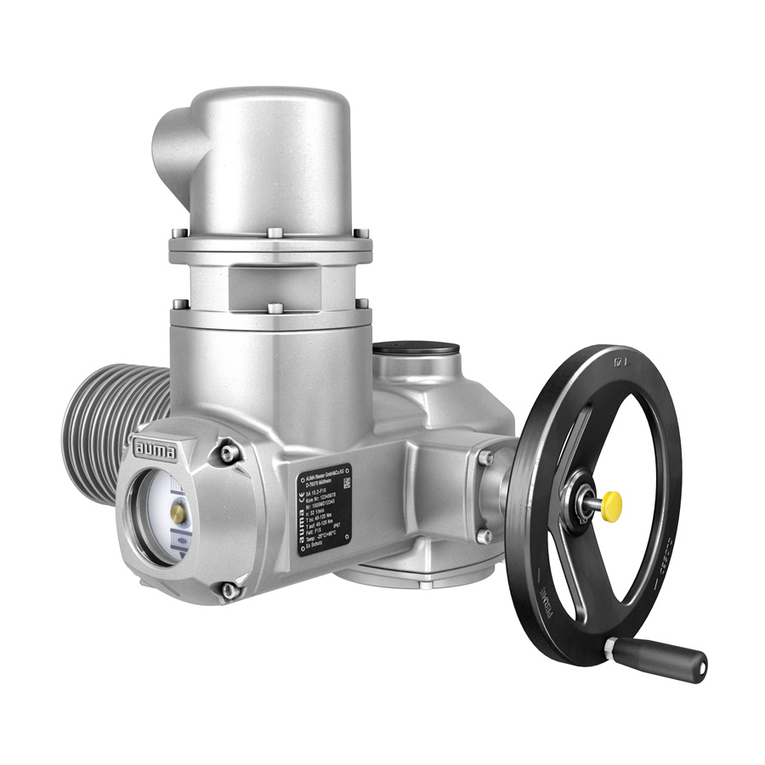
AUMA
AUMA SAEx 07.2 User manual
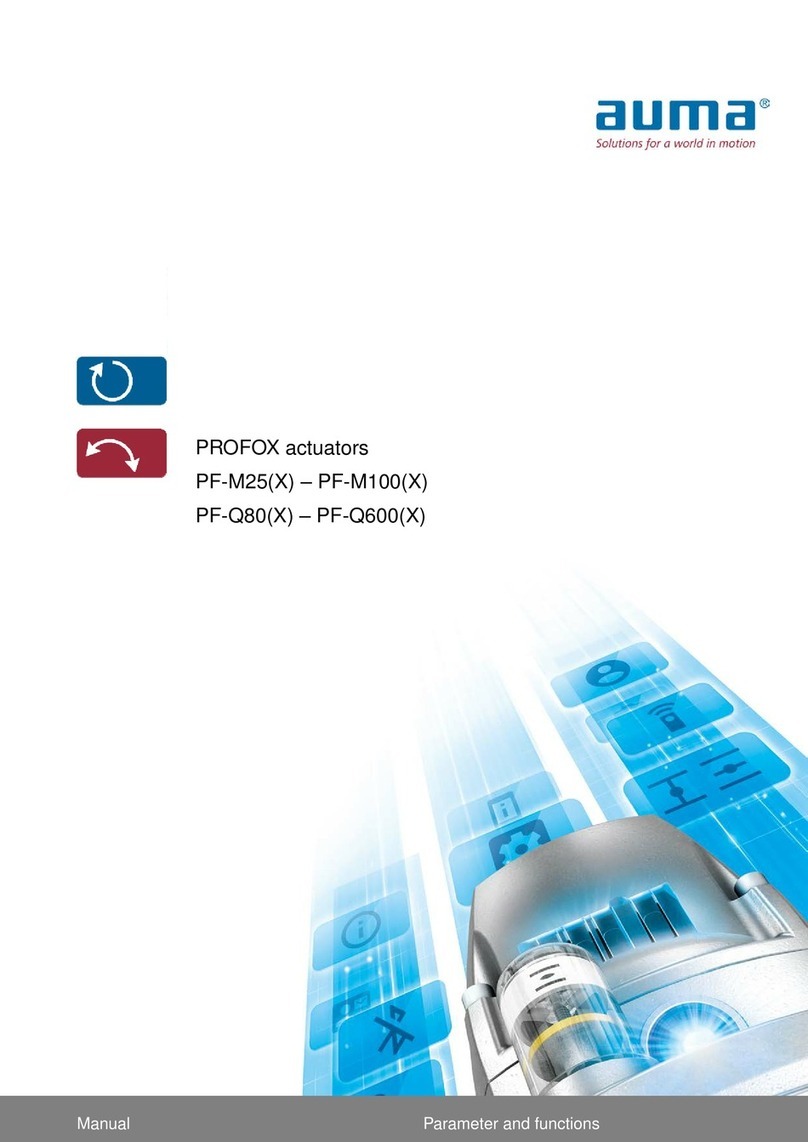
AUMA
AUMA PROFOX PF-M25X User manual
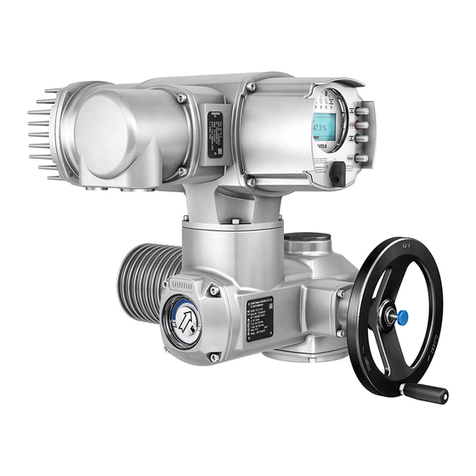
AUMA
AUMA SA 07.1 User manual

AUMA
AUMA SEVEN 2SA7 Instruction manual
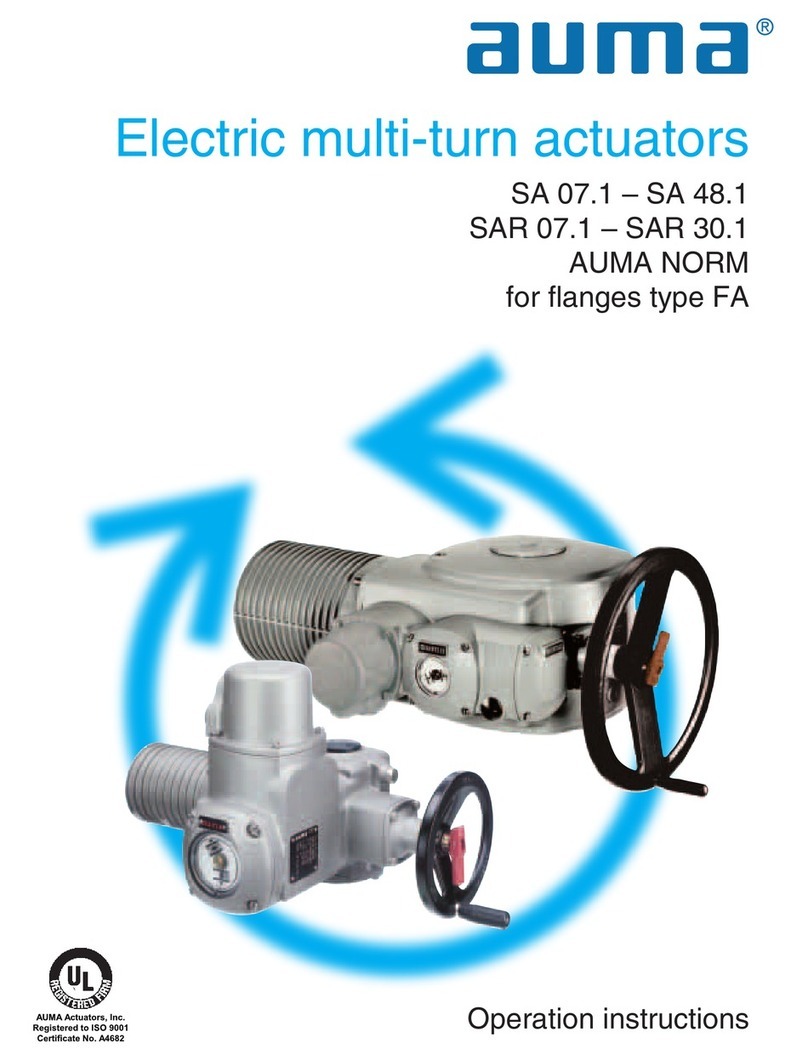
AUMA
AUMA SA 48.1 User manual
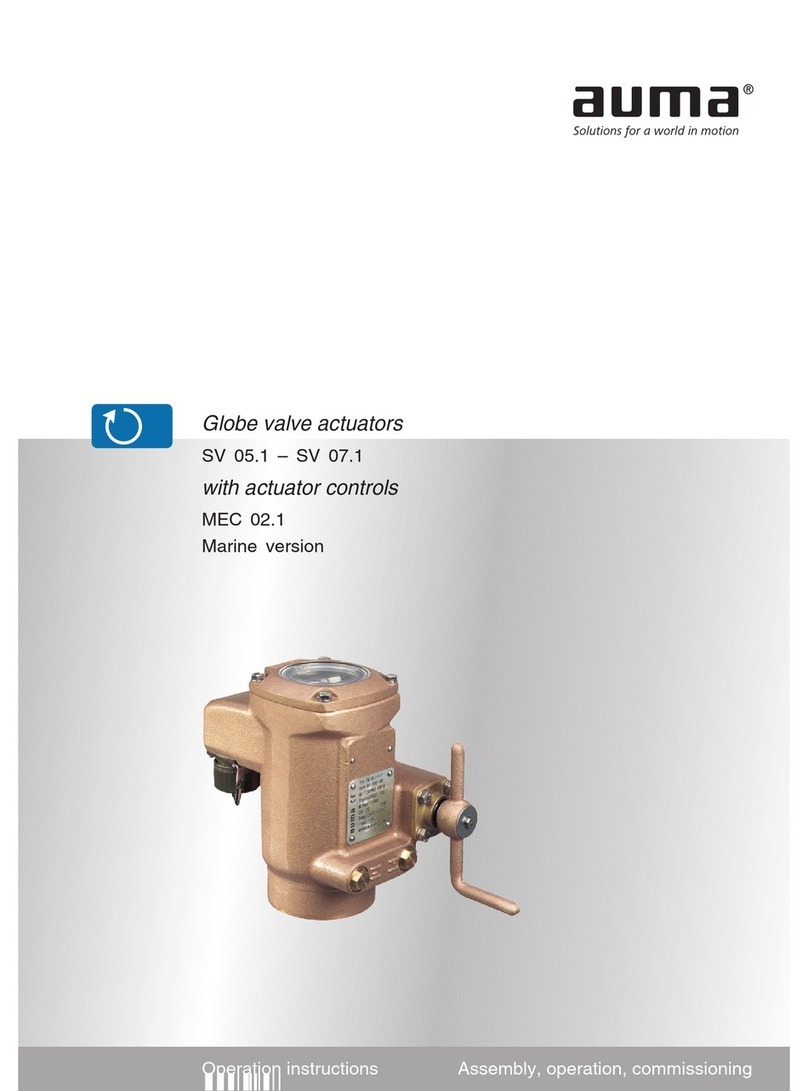
AUMA
AUMA SV 05.1 User manual

AUMA
AUMA SAEx 07.2 User manual
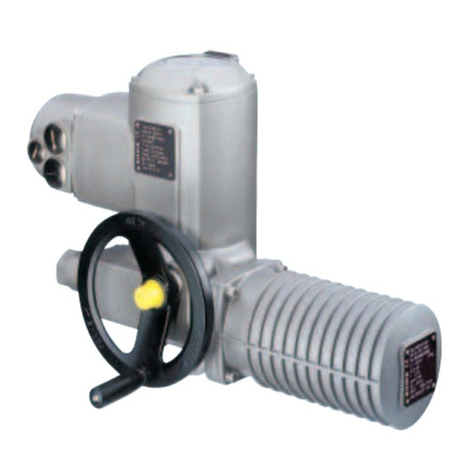
AUMA
AUMA SG 05.1-FA07 User manual
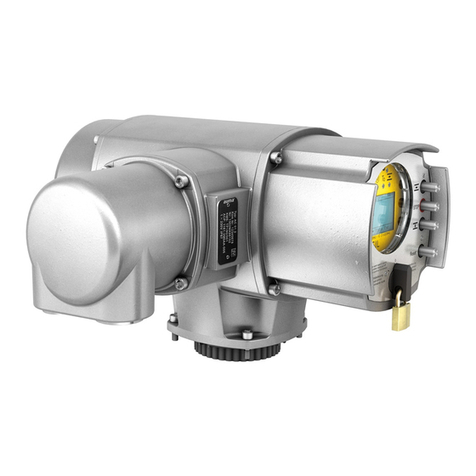
AUMA
AUMA AUMATIC AC 01.2 User manual
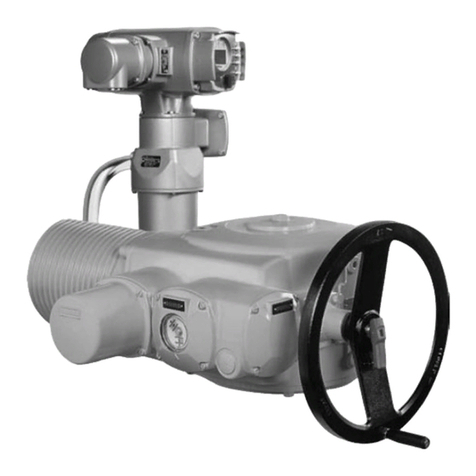
AUMA
AUMA SAEx 25.1 User manual
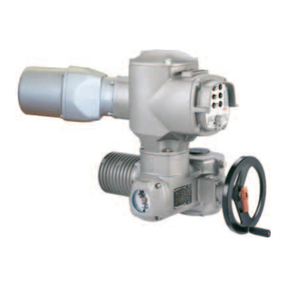
AUMA
AUMA SAExC 07.1 User manual

AUMA
AUMA TIGRON TR-M30X Manual
Popular Controllers manuals by other brands
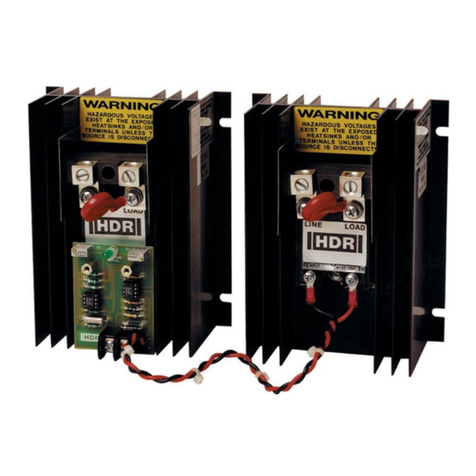
Ametek
Ametek ZF2 SCR Series Instruction, Operation and Maintenance Manual
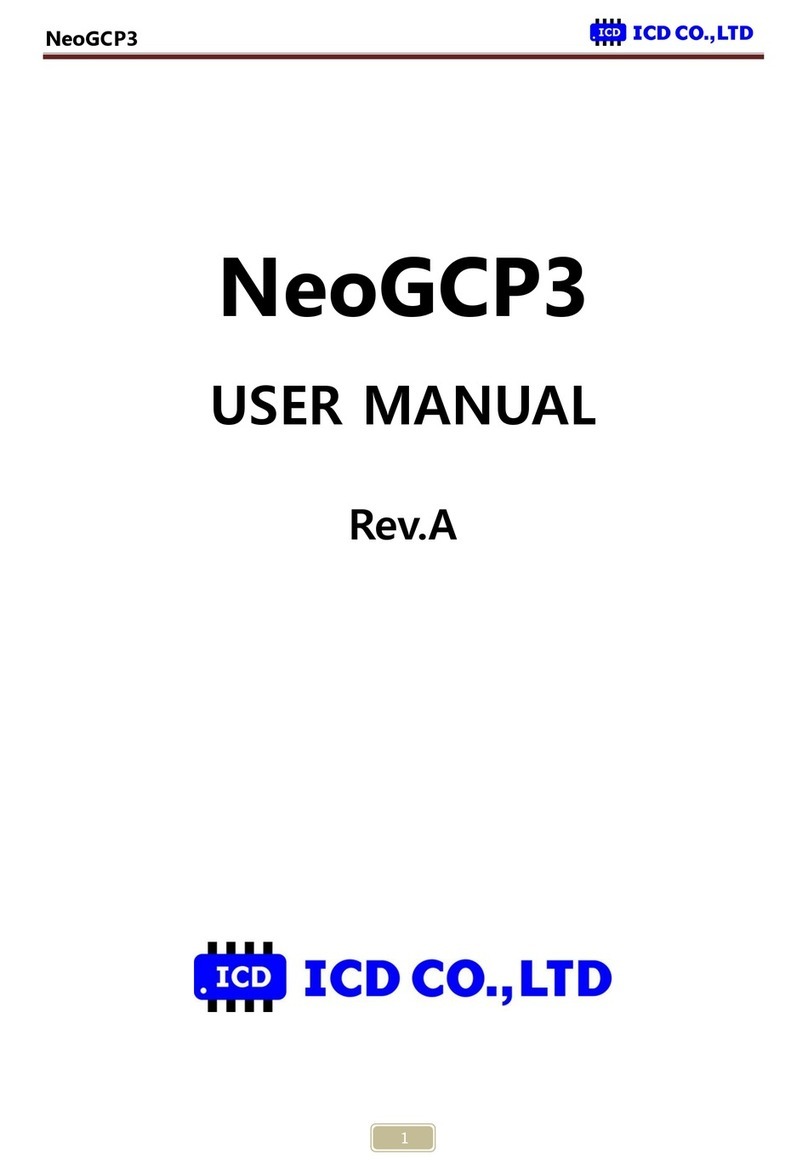
ICD
ICD NeoGCP3 user manual
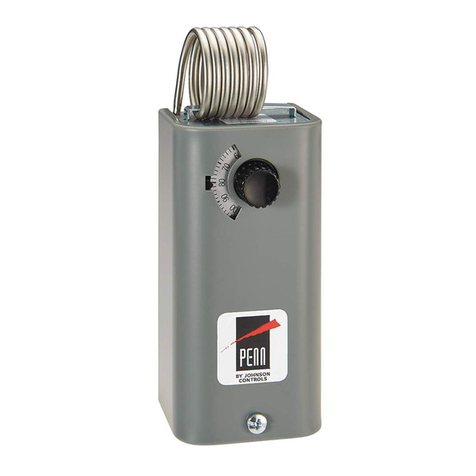
Penn
Penn A19 Series Mounting and installation

Ricoh
Ricoh Interactive Whiteboard Controller Type 1 operating instructions

RIB
RIB T2-CRX Simplified instructions
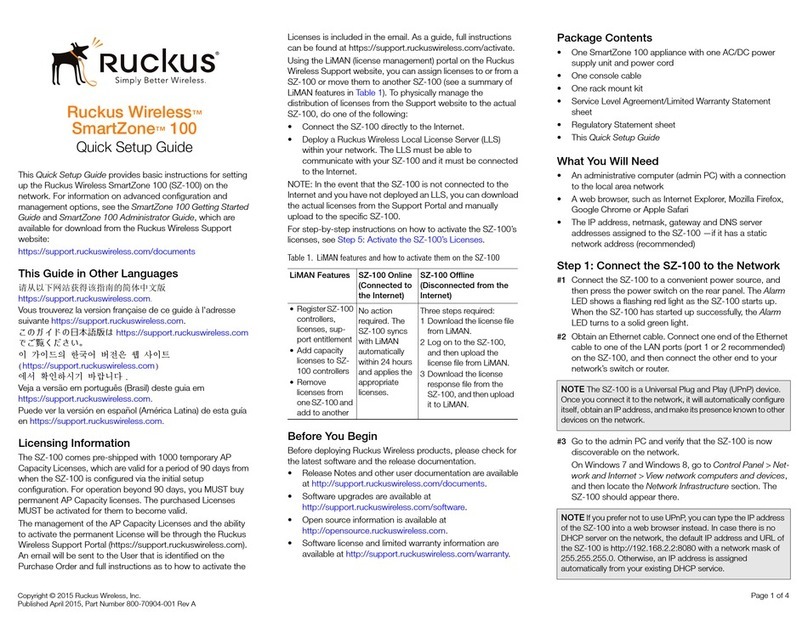
Ruckus Wireless
Ruckus Wireless SmartZone 100 Quick setup guide
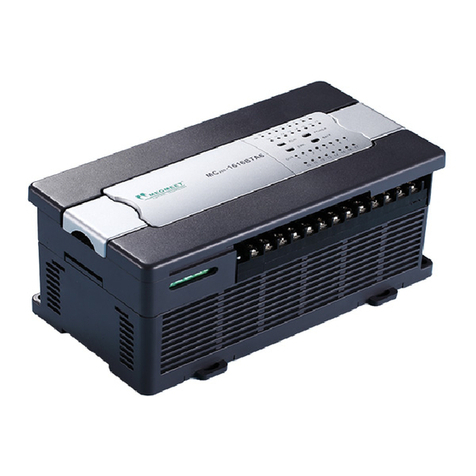
Megmeet
Megmeet MC200E Series Quick start user manual
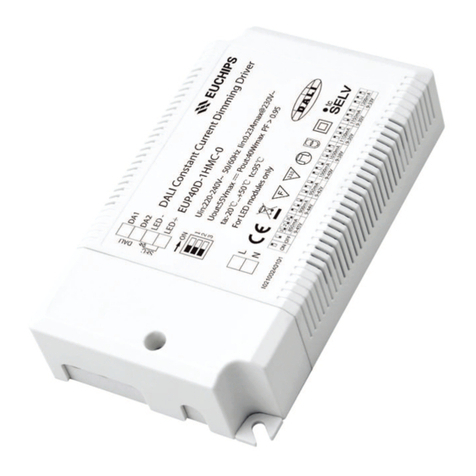
EUCHIPS
EUCHIPS EUP40D-1HMC-0 manual

Honeywell
Honeywell HercuLine 2000 Series quick start guide
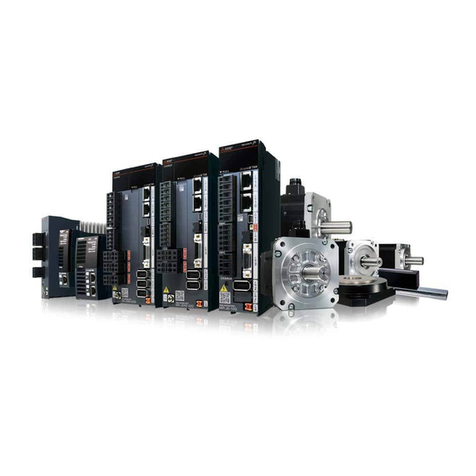
Mitsubishi Electric
Mitsubishi Electric MELSERVO-J5 MR-J5-G Series user manual
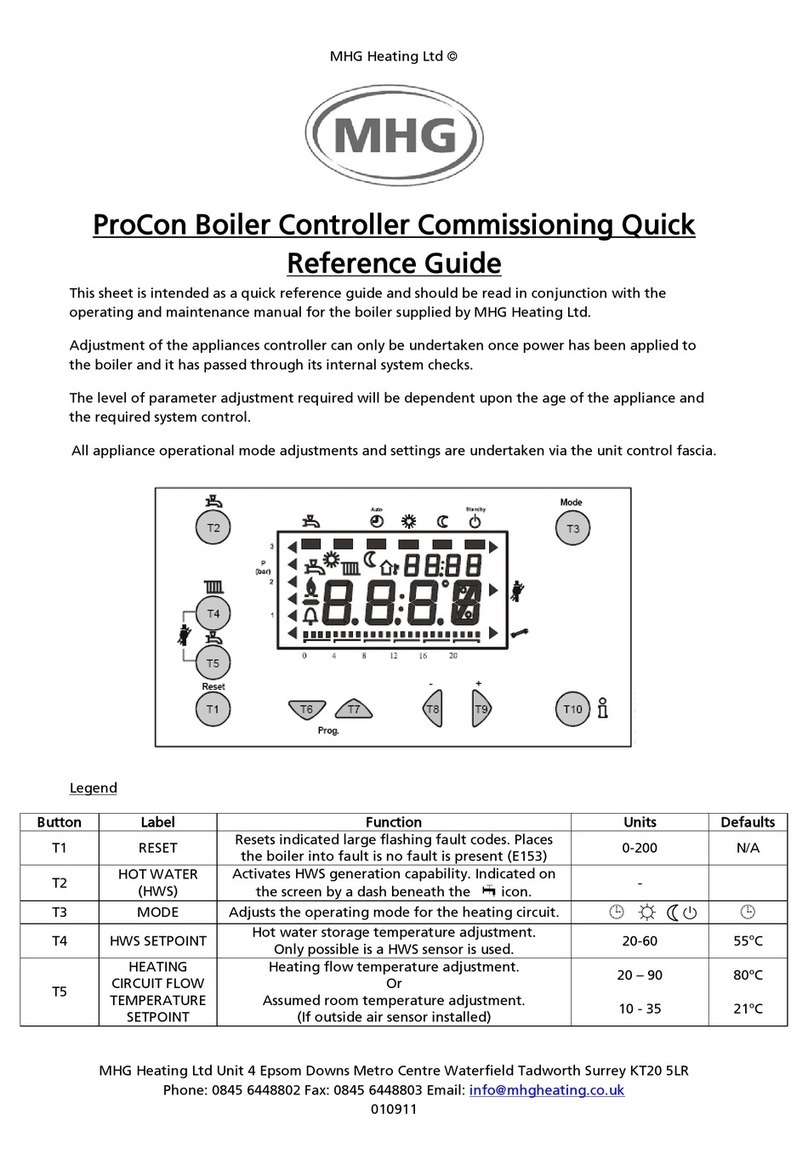
MHG Heating
MHG Heating ProCon Boiler Controller Quick reference guide

opticis
opticis IPVDS-500-ED user manual
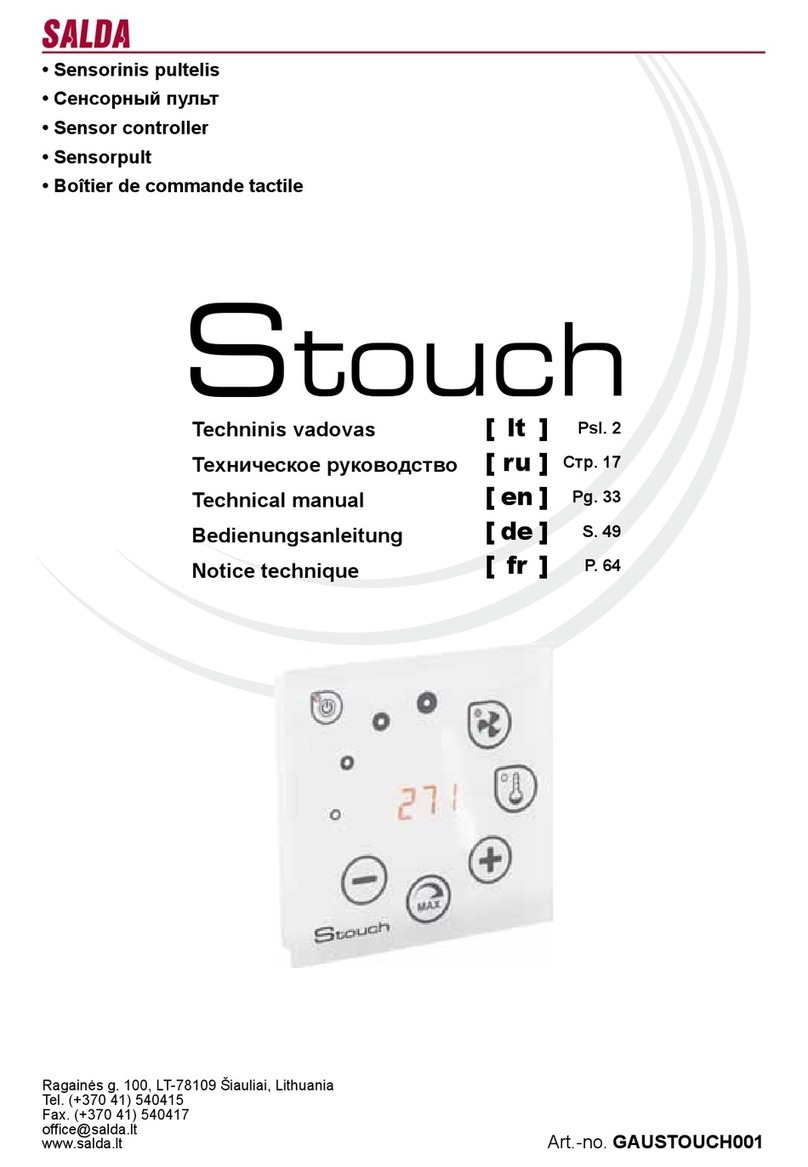
Salda
Salda Stouch Technical manual
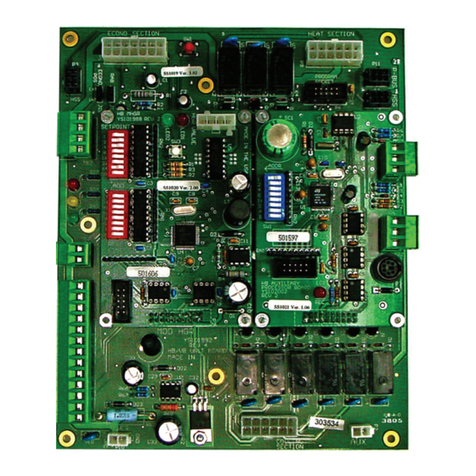
AAON
AAON AA-HB-TGD-01F Technical guide
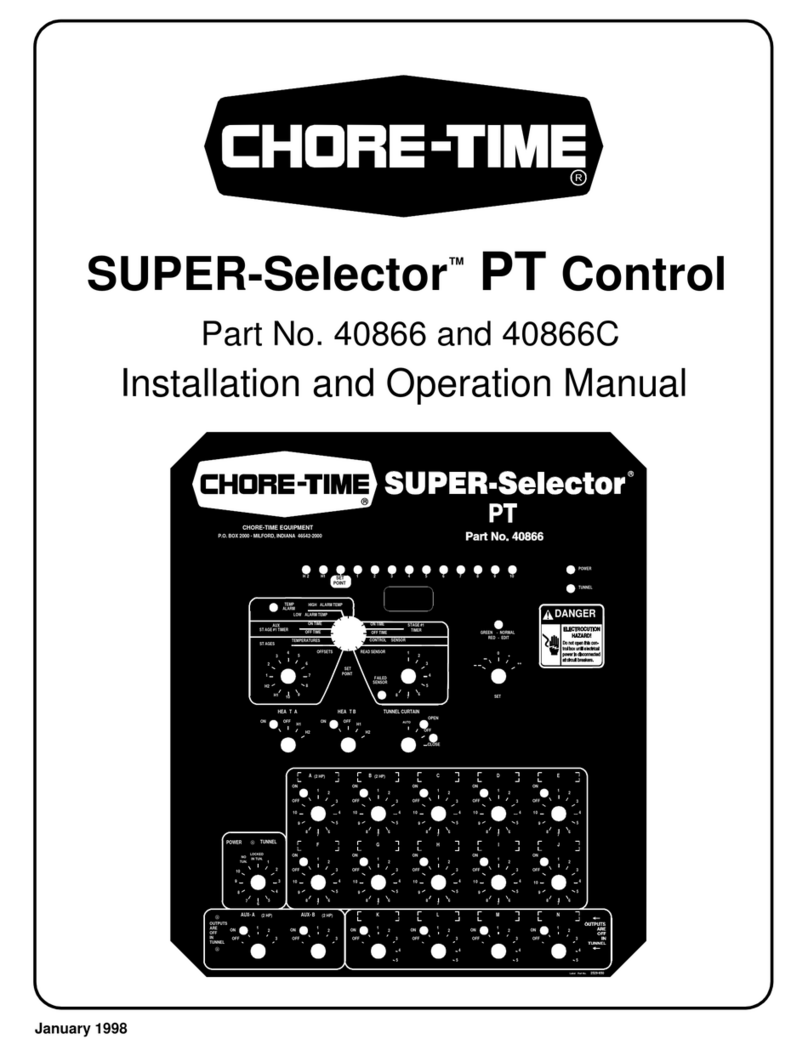
Chore-Time
Chore-Time SUPER-Selector PT 40866 Installation and operation manual
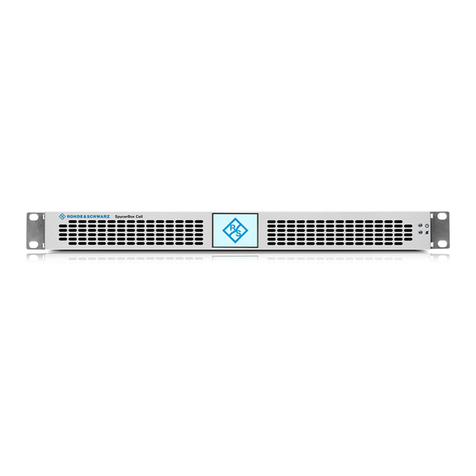
Rohde & Schwarz
Rohde & Schwarz SpycerBox Cell Important information
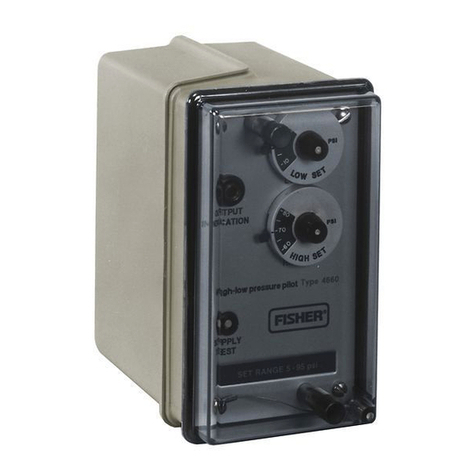
Fisher
Fisher 4660 instruction manual
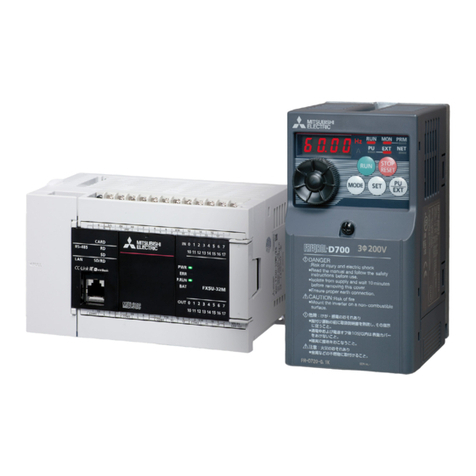
Mitsubishi Electric
Mitsubishi Electric MELSEC iQ-F Series Quick connection guide
